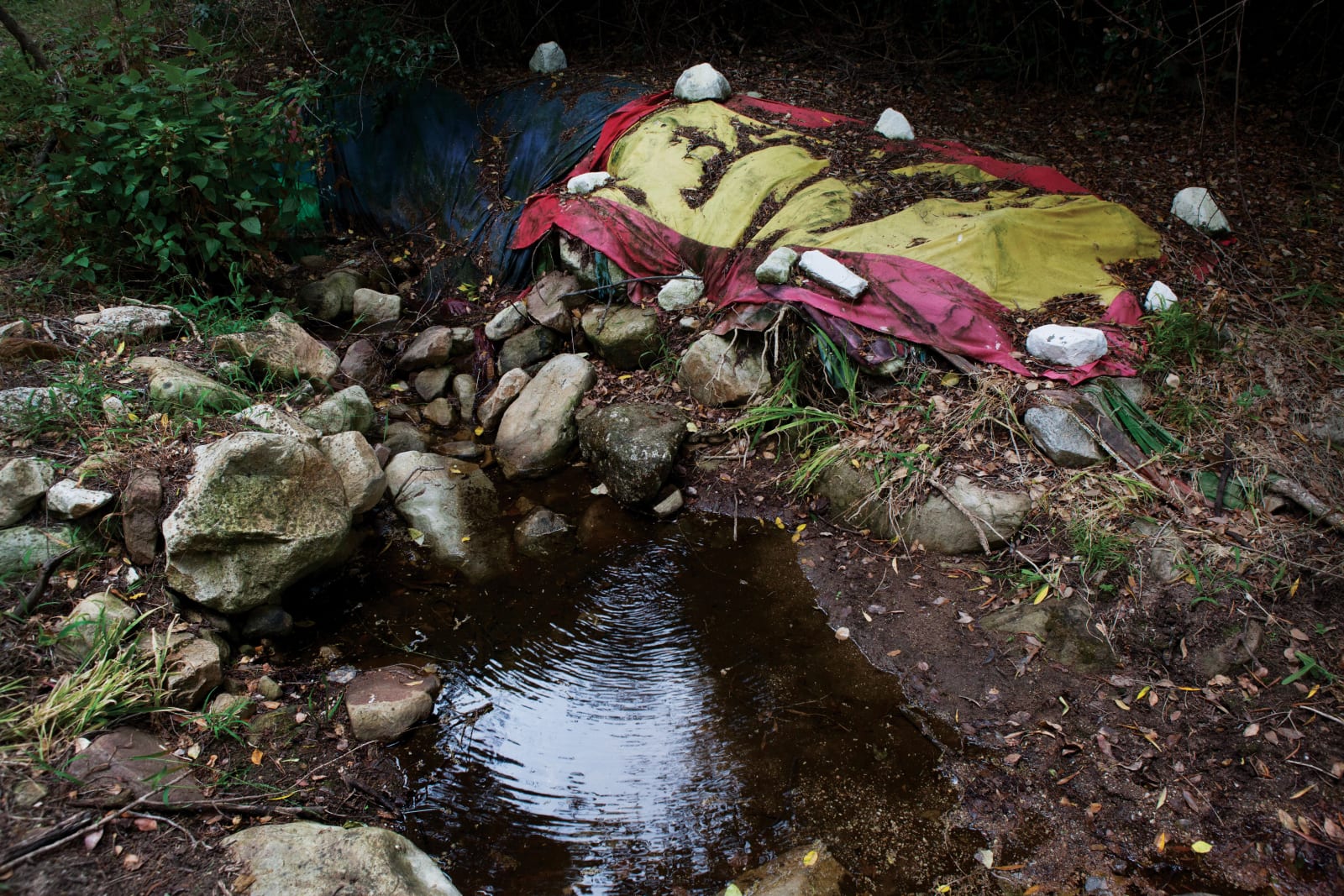Paul Weinberg South African, b. 1956
The Dutch East India Company (VOC) brought practising Muslim slaves (including a number
of high-ranking imams) from Indonesia, Malaysia and other colonies to the Cape. Many
were relocated to the Cape for resisting colonial invasion in their own countries. With them,
they brought Sufism, a mystical expression of the Islamic faith in which devotees enter a
trance state to personally experience God. Still widely practised in the region, Sufism had
a profound influence on indigenous people and emerging spiritual practices. The work of
these early devotees can still be read in the landscape, and particularly in the number of
kramats throughout Cape Town. A kramat is a spiritual site where Muslim saints and Auliyah
(friends of Allah) are buried. There are at least 31 kramat sites in Cape Town, of which the
most prominent ten form the so-called “circle of tombs” that encompass the slopes and top
of Signal Hill, sites in Oude Kraal and Constantia, Zandvliet farm and Robben Island


